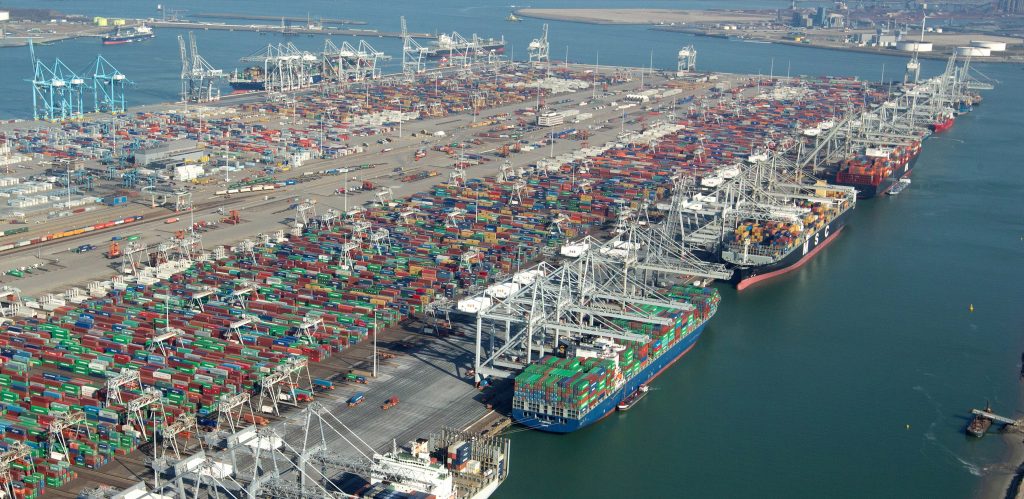The Port of Rotterdam Authority and IBM have announced their collaboration on a multi-year digitisation initiative to transform the port’s operational environment using Internet of Things (IoT) technologies in the cloud to benefit the port and those who use it. The initiative will also prepare the Port of Rotterdam’s entire 42-km site to host connected ships in the future. It begins with the development of a centralised dashboard application that will collect and process real-time water (hydro), weather (meteo) sensor data and communications data, analysed through the IBM IoT platform. This will enable a new wave of safer and more efficient traffic management at the port.
“Here in Rotterdam, we are taking action to become the smartest port in the world,” says Mr Paul Smits, Chief Financial Officer of the Port of Rotterdam Authority. “Speed and efficiency is essential to our business, and requires us to use all of the data available to us. Thanks to real-time information about infrastructure, water, air, etc., we can enormously improve the service we provide to everyone who uses the port, and prepare to embrace the connected, autonomous shipping of the future.”
Previously, the port relied on traditional radio and radar communication between captains, pilots, terminal operators, tugboats and more to make key decisions on port operations. Now, as the Port of Rotterdam begins its digital transformation, sensors are being installed across 42 km of land and sea—spanning from the City of Rotterdam into the North Sea—along the Port’s quay walls, mooring posts and roads. These sensors will gather multiple data streams, including water (hydro) and weather (meteo) data about tides and currents, temperature, wind speed and direction, water levels, berth availability and visibility.
This data will be analysed by IBM’s cloud-based IoT technologies and turned into information that the Port of Rotterdam can use to make decisions that reduce wait times, determine optimal times for ships to dock, load and unload, and enable more ships into the available space. For example, the Port of Rotterdam will now be able to predict the best time, based on water level, to have a ship arrive and depart, ensuring that the maximum amount of cargo is loaded on board.
With the new initiative, Port of Rotterdam operators will also be able to view the operations of all the different parties at the same time, making that process more efficient. In fact, shipping companies and the port stand to save up to one hour in berthing time which can amount to about $80,000 in savings.
The Port of Rotterdam’s digital transformation project is enabled by IBM’s cloud-based IoT technologies and will see the Port and IBM working together long-term to uncover other innovative applications of IoT and artificial intelligence. Cisco and Axians are also involved in the project.






